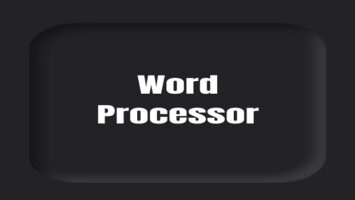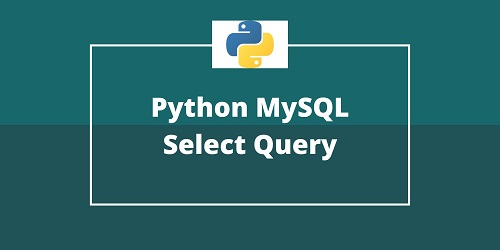Electronic Commerce:
E-commerce or Electronic Commerce simply means using an electronic mode, such as the Internet, to sell and buy products or services. These days organizations are increasingly using the Internet to reach out to their customers by advertising their products online. Business transactions are often conducted through the Internet and many organizations have adopted this mode to expand their market share. E-commerce saves the time and effort of both the buyers and the sellers while making a transaction. The factors that have contributed to the popularity and success of e-commerce are listed below:
(1) Allows organizations to manage and conduct their business transactions easily and efficiently.
(2) Provides maximum customer satisfaction as the transactions are completed in a short time. Moreover, the process of getting feedback of products from the customers is quick and simple.
(3) Enables organizations to achieve a competitive edge in the market by providing products at economical prices quickly.
(4) Allows customers to access the products and services of an organization anytime and anywhere by using the Internet.
(5) Provides better trading opportunities to small merchants as well as other parties, such as suppliers, wholesalers, and retailers as they can have their own Web stores on the Internet to trade online.
(6) Opens new opportunities for earnings and revenue generation even for consumers who can also sell products to other consumers without maintaining an inventory of their own.
(7) Helps organizations to improve the quality of their products and services based on the feedback received from their online customers.
Since its inception as a medium of marketing and sales, e-commerce has gradually evolved into a concept with wider applicability among different businesses. The major domains in which e-commerce can be applied are E-government, E-banking, and E-tailing.
E-commerce is classified into different categories according to the purpose it serves to the seller and the buyer. The various categories of e-commerce are listed here:
(1) Business-to-Customer (B2C)- In this type of e-commerce, the products or services are sold from a firm to a consumer.
(2) Business-to-Business (B2B)- In this type of e-commerce, both the buyer and seller are two companies.
(3) Consumer-to-Consumer (C2C)- In this type of e-commerce, consumers sell goods and services to other consumers.
(4) Business-to-Government (B2G)- In this type of e-commerce, the business community interacts electronically with government agencies or public sector organizations. Submissions of GST returns, income tax, etc., all come within this category.









Comments (No)